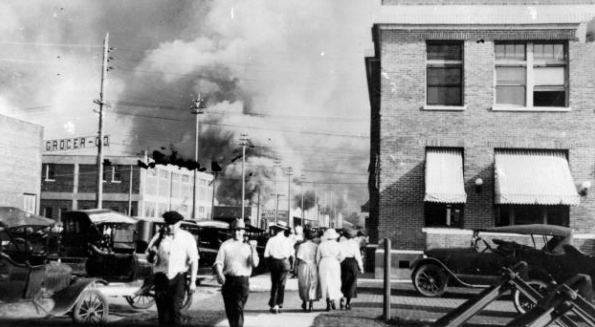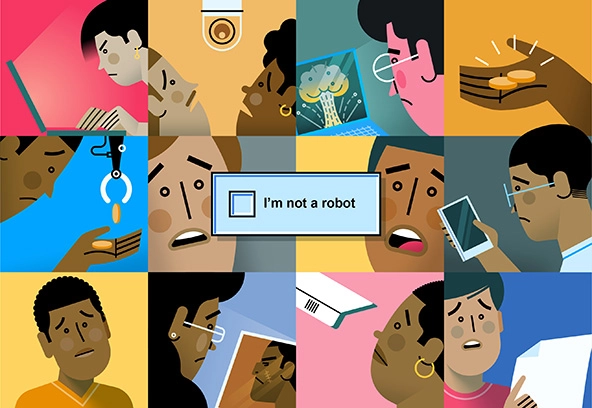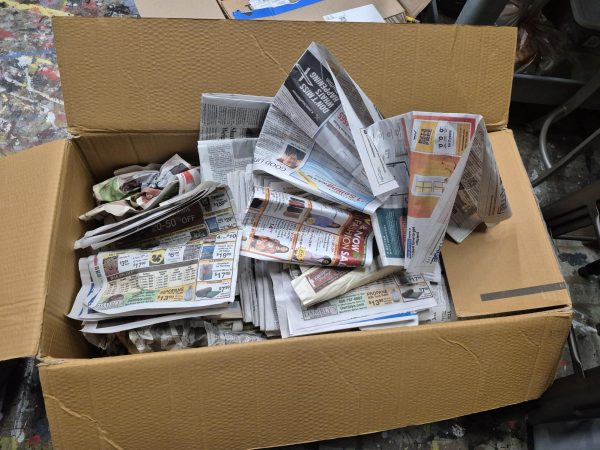The Tulsa Race Massacre: The Who, What, Where, When, and Why

McFarlin Library, University of Tulsa
The rioters walking home after burning down numerous buildings.
Despite being one of the deadliest and most horrific massacres in American history, the Tulsa Race Massacre is not covered in the Cherokee High School curriculum.
The town of Tulsa, Oklahoma was known as “Black Wall Street” in the early twentieth century due to its thriving Black-owned businesses and community. Black citizens living in this town were given opportunities to thrive that almost no other place in America provided for them; such as Black-owned newspapers, Black-owned doctor’s offices, entrepreneurship opportunities, and community.
On May 30, 1921, Dick Rowland, a Black man, was in an elevator with Sarah Page, a White woman. Witnesses heard Page scream, and many Tulsans believed Rowland had tried to sexually assault Page. Although what actually happened in that elevator is debated, Rowland was arrested for assaulting Page the following day. However, most historians agree that this arrest was unjust.
Many of the White citizens in Tulsa believed that Dick Rowland had attempted to rape Sarah Page and two newspaper articles were published that justified their suspicions. The situation became hostile very fast. There was a public discussion of lynching Dick Rowland that night.
The Tulsa police sensed the danger in the air and moved Rowland to a more secure prison. The community (many members of the Klu Klux Klan) gathered around the prison, and fighting broke out between the Black and White population of Tulsa.
The Tulsa Police did little to stop the emerging violence, despite their awareness of its occurrence. With the population of Black people severely outnumbered, the White attackers brutally destroyed “Black Wall Street.” They burned homes, churches, schools, businesses, a hospital, and a library.
The violence lasted a full day before finally ceasing. By that point, a reported 35 city blocks were completely burned down, and 36 people were killed. However, it is believed that up to 300 people were killed but unaccounted for. Despite a plethora of illegal and atrocious crimes committed during the massacre, no one was charged for their involvement.
The angry mob not only destroyed a community, but it also destroyed decades of hard work. In its heyday, Tusla had thriving business opportunities, which took a community of dedicated and persistent people to create. When these were destroyed and people were killed, Tusla and this thriving community were never able to return to prosperity. This is mostly due to none of the insurance claims being covered, despite 1,256 houses being burned down and 215 houses being looted. The Tusla Real Estate Exchange Commission stated that the massacre caused $1.5 million of property damage, yet only one claim was actually covered. This claim was reportedly made by a white man who had his weapons stolen from his pawnshop during the massacre.
The Tulsa Race Massacre changed Tulsa forever. Its once-thriving “Black Wall Street” only has a handful of Black-owned businesses today. Almost all of the African American victims were placed into unmarked mass graves and haven’t been recognized or given the dignity of a proper burial. That means hundreds of victims, their families, and their community hasn’t been given justice for this tragic event.
Despite the absolute atrocities committed in Tulsa, most teenagers have never heard of the Tulsa Masacure. This is due to the Tulsa Massacre not being in the Cherokee High School US History curriculum, or mentioned in the textbook “The American Pageant,” the textbook used by US history classes at Cherokee.
Can Cherokee students be receiving a full education on US history if stories of racism and mass destruction are ignored? US History is a mandatory class because it is important for future American voters and citizens to understand how to keep history from repeating itself. By keeping the stories of the victims alive, students become more empathetic adults. Not including the Tulsa Race Massacre as one of the unit standards in the US History II curriculum can create a group of future Americans that are uninformed and unsympathetic to the issues of the past and future. Not including this event and others similar to it can create an environment for violent discriminatory acts to be repeated in the future.
The Tulsa Race Massacre was a tragedy that must not be forgotten or ignored by future generations of Americans.








